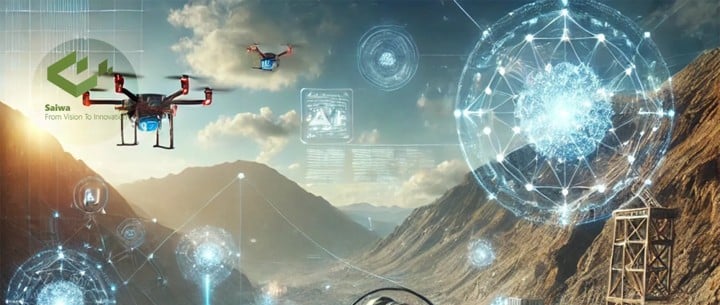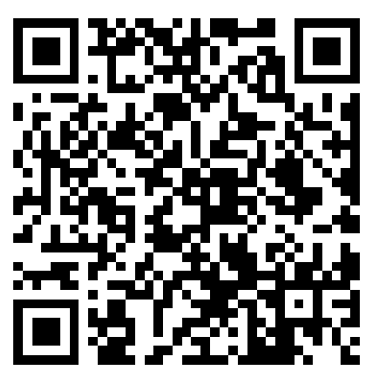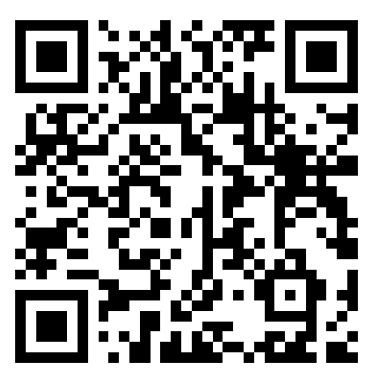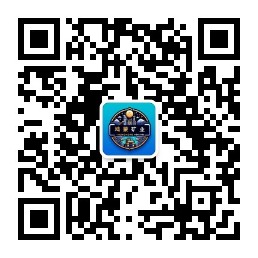Enhancing Mining Productivity: Breaking Down Silos with Modern Technology
Xuan-Ce Wang
5/12/20253 min read


The mining industry is experiencing a technological renaissance. With the integration of advanced data analysis and modeling techniques, we're witnessing a fundamental shift in how mining operations collaborate across the value chain. However, this influx of data, personnel, and resources brings a significant challenge: effective collaboration among geological teams.
The Collaboration Challenge in Mining
Historically, geological workflows have suffered from isolated functions and fragmented teams. This lack of transparency has hindered productivity, resulting in wasted time and financial losses for mining companies. Let's explore how modern technologies, processes, and workflows can enhance mining productivity rather than impede it.
Challenge #1: Siloed Teams and Systems
Successful ore extraction depends on interdisciplinary collaboration. Geologists working in exploration and production must develop symbiotic relationships, combining their expertise to understand complex ore bodies. This requires seamless workflows that integrate diverse data sources and technologies to build confident orebody knowledge.
Mining technology has introduced an era of detailed data acquisition methods, from LiDAR scans to 3D imaging, promising benefits including:
• Enhanced grade control
• Reduced operational costs
• Increased productivity
Imagine having real-time updates and insights on ore body dynamics through IoT data feeding seamlessly into continuous modeling processes from face mapping. This integration not only streamlines operations but ensures smooth handover to production engineers, optimizing productivity from extraction to mill recovery while minimizing uncertainty.
Solution: Integrated Software Systems
Mining companies can eliminate silos by viewing their technology at each project stage as part of a larger ecosystem. Connected workflows allowing data to move between software without compatibility issues or time-consuming manual imports are vital for:
• Supporting near-real-time modeling
• Providing up-to-the-minute insights for informed decision-making
Data from various sources must be incorporated into geological models throughout exploration and mine operation. Ensuring these data sources connect easily to geological modeling software is crucial. For example, software like Leapfrog Geo enables dynamic multisystem workflows through native connections, allowing 3D photogrammetric imagery data to be seamlessly incorporated into geological models, alongside drilling and sample data from data management platforms.
Cloud-hosted solutions ensure models can be accessed by team members who can work individually while applying updates to the master model, ensuring the entire project team works from a single source of truth.
The result? Frictionless collaboration and accelerated subsurface understanding.
Challenge #2: Protecting Data Integrity
Historically, geologists have spent the majority of their time manually preparing, checking, ingressing, and validating data. Today's geologists aim to shift this paradigm, preferring to focus on improving analysis, gaining deeper insights, and validating models to be more effective.
Robust data governance has become increasingly important as mining companies adopt digital workflows to enhance operational efficiency. Effective data governance practices are essential for:
• Compliance with audit requirements
• Ensuring reliability, integrity, and usability of geological data throughout its lifecycle
• Improving connection between exploration and production by ensuring insights are passed down the lifecycle
Solution: Data Management Technology and Digital Workflows
Data governance is critical in all mining projects, especially those involving grade control, where understanding ore quality depends on the integrity of sample data being analyzed.
Effective data governance requires clear procedures and policies with proper guardrails and enabled staff compliance. This is where data management software plays a critical role:
• Data management platforms should serve as a single source of truth, accessible by all collaborators
• Platforms that include clear audit trails provide peace of mind that data is being handled correctly
• Connected digital workflows can close gaps between interdisciplinary teams working in separate systems
• Mining-specific platforms offer intuitive interfaces that collaborators can learn quickly, reducing error risk
By emphasizing data governance and embracing digital workflows, mining companies can navigate operational complexities more effectively.
Challenge #3: Finding Fit-for-Purpose ML and AI Technology
To maintain competitiveness and keep pace with technological advancement, mining companies continuously push boundaries in pursuit of sustainable and efficient operations. Machine learning (ML) and artificial intelligence (AI) offer numerous potential benefits:
• Streamlining tasks and expediting decision-making
• Optimizing resource allocation
• Enhancing data collection and analysis
• Gaining insights into optimizing grade control
• Reducing uncertainty
• Enhancing operational accuracy at an accelerated pace
A crucial factor is ensuring AI and ML algorithms are rooted in geologically accurate principles. This requires collaboration between geologists, software engineers, and data scientists to ensure algorithms' calculations are geologically sound, protecting the integrity of interpretations and decisions.
Without applying contextual geological principles or measuring freshly available data, there's a significant risk of misclassification and delayed decision-making, potentially undermining efficiency and profitability.
Solution: Mining-Specific ML and AI Applications
Drilling—a data-heavy, time-consuming, and expensive process—presents an ideal opportunity for productivity-enhancing ML applications. For example, technologies that leverage ML to automatically crop and linearize core tray imagery can speed up image capture and cataloging, resulting in clean, consistent, and organized image data that enhances visualization and analysis of diamond core imagery.
Conclusion
As the mining industry continues its digital transformation, addressing these challenges through integrated systems, robust data governance, and fit-for-purpose ML/AI applications will be crucial for maintaining competitiveness and operational excellence. By breaking down silos and embracing connected workflows, mining companies can unlock new levels of productivity and collaboration across the entire mining value chain.
The future of mining productivity lies not just in adopting new technologies but in implementing them within frameworks that enhance collaboration, protect data integrity, and leverage advanced analysis methods that respect geological principles.








